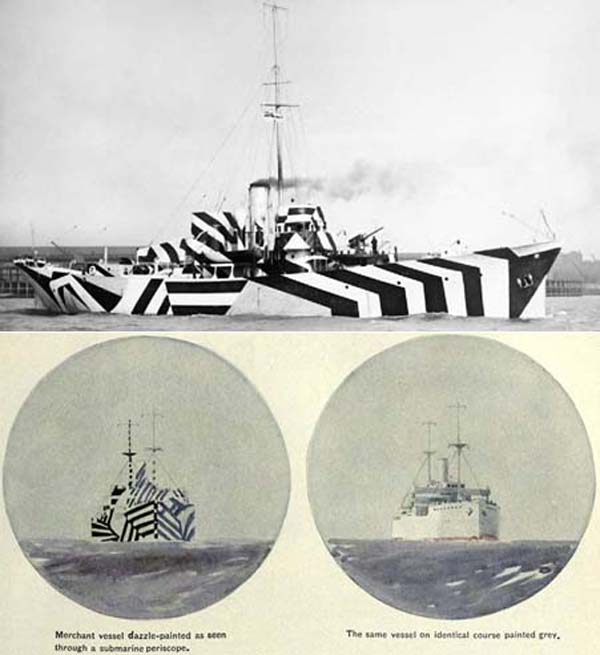We may often be amazed by magicians who make the ‘unreal’ real. They can make things appear out of nowhere, escape from impossible traps, swallow swords or regurgitate objects. What is not well known is that there are some illusions that have become a practical part of our lives and our history as well. The following list highlights some of the most interesting ones:
1. Eat less by eating smarter – The Delboeuf illusion can make people incorrectly perceive the size of an object depending on its context. When looking at two identical circles, one of which has a small circle around it and another has a large circle around it, people generally tend to believe that the one with a smaller circle around it is bigger than the other. This is because there is less empty space around the inner circle making it appear big. This illusion can be used for food because we tend to think that we have more food if the same portion size is on a smaller plate than a larger plate. This is why buffet restaurants use smaller plates rather than bigger ones. So you eat less and they can save money.

2. The humble light bulb – Thomas Edison found light bulbs flickering 60 times a second appear to be constantly lit to the human eye. In 2012, Cognitive neuroscientist Stephen Macknik increased the duration of flickering to 13% of the time and found the same result. By turning the bulb off for short bursts (~67 milliseconds at a time), he found that there could be a saving up to 20% off electricity bills. The human eye cannot tell the difference in the light for such short durations hence the illusion.
3. Making ships stand out so the enemy gets confused – German U-Boats or torpedo submarines were feared for their effectiveness in World War I. They were devastating in their impact eventually downing 5700 vessels during the course of the war. The British were unsure what to do at the time but eventually turned to ‘dazzle camouflage’ and painted ships in disruptive stripes to confuse the enemy. The patterns would make it more difficult to figure out the ship’s size, speed, distance and direction. A U-Boat commander only had five seconds to look through a periscope to sight an enemy and work out torpedo launch details. This camouflage made it that much harder to tell. Calculations that are off by even a few degrees might save a ship from being sunk. It’s a truly odd but novel illusion eventually adopted by the US Navy as well.

